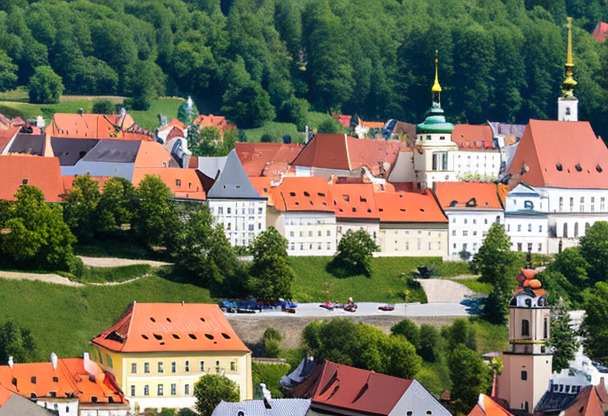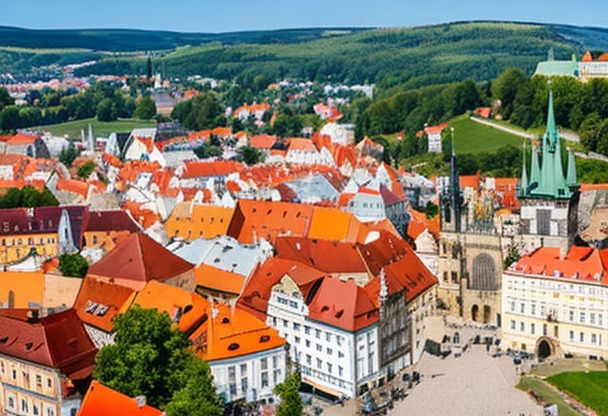Best time to travel to the Czech Republic
Choosing the right period for your trip to the Czech Republic can make all the difference. It's important to consider weather elements, seasonal events and peak tourist periods to maximize your travel experience.

Location
Climate
Understanding the seasons in the Czech Republic
The Czech Republic has a continental climate, with cold winters and hot summers. Temperatures can therefore vary considerably over the course of the year, influencing the tourist and cultural activities available locally. Here's an overview of the main characteristics of each season:- Spring (March - May) Spring: Spring is a pleasant time to visit the Czech Republic, with mild temperatures and nature in full bloom. The months of April and May are particularly suitable for hikes and walks in the open air.
- Summer (June - August) Summer: summer is the hottest and most touristic season in the Czech Republic. Temperatures can reach 30°C, and days are long and sunny. It's the ideal time to enjoy outdoor activities and cultural festivals.
- Autumn (September - November) Autumn: autumn is a transitional season between summer and winter, with cooler temperatures and often wet weather. Nevertheless, the autumn colors of the Czech landscape are a favorite with photographers and nature lovers.
- Winter (December - February) Winter in the Czech Republic is cold and snowy, with temperatures often below freezing. It's the ideal season for winter sports and Christmas markets, but weather conditions can make getting around difficult.
Major cultural events not to be missed
The Czech Republic offers a rich cultural program throughout the year, with many not-to-be-missed events attracting visitors from all over the world. Here is a selection of the main events to discover:- Karlovy Vary International Film Festival Film Festival: this prestigious film festival takes place every year at the beginning of July in the famous Czech spa town. It showcases European and independent cinema, with screenings, meetings and debates.
- Prague Spring International Music Festival This classical music festival is held in the capital every May, with concerts and recitals by international artists.
- Anifilm International Animation Festival This annual event takes place in May in the town of Trébon, and features animated film screenings, workshops and conferences.
- Colours of Ostrava Ostrava: this major music festival is held in July in the city of Ostrava, and welcomes international artists for open-air concerts.
- Christmas markets Christmas markets: Christmas markets are an unmissable tradition in the Czech Republic, especially in Prague, Brno and Český Krumlov. Usually held from late November to early January, they feature local specialties, handicrafts and festive entertainment.
Public holidays and closed periods
Public holidays in the Czech Republic can have an impact on your stay, particularly in terms of opening times for shops, museums and tourist attractions. Here's an overview of the main dates to bear in mind:- January 1: New Year's Day
- March-April (dates vary) : Good Friday and Easter Monday
- May 1: Labour Day
- May 8: Victory over Nazism Day
- July 5: Feast of Saints Cyril and Methodius
- July 6: Commemoration of Jan Hus
- September 28: Czech National Day, in honor of St. Wenceslas
- October 28: Founding of the Czechoslovak Republic (1918)
- November 17: Day of struggle for freedom and democracy
- December 24: Christmas Eve
- December 25: Christmas
- December 26: Boxing Day
Crowd management in high season
The Czech Republic is a popular destination in summer, with a large influx of tourists to major cities like Prague or Český Krumlov. To avoid the crowds and make the most of your stay, here are a few tips:- Focus on May and September These months are generally less busy than the summer months, but still offer pleasant temperatures and numerous cultural events.
- Book in advance We recommend that you book your accommodation, transport and tourist activities several months in advance, to benefit from the best rates and availability.
- Visiting must-see sites during off-peak hours Try to schedule your visits at the beginning or end of the day, when the crowds are less dense.
- Explore regions off the beaten track To avoid the crowds, don't hesitate to leave the major tourist centers and discover the hidden charms of the Czech countryside, its medieval villages and natural parks.
Insurance
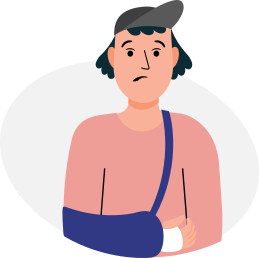
Your credit card does not cover you in all situations, that is whyIt is essential to take out insurance before you leave to avoid any unpleasant surprises. If you need to see a doctor or be hospitalized, in some countries, medical costs are very high and you will then find yourself having to pay several thousand euros.
Our partner Chapka Insurance proposes the contract CAP ASSISTANCE 24/24 with many essential guarantees.
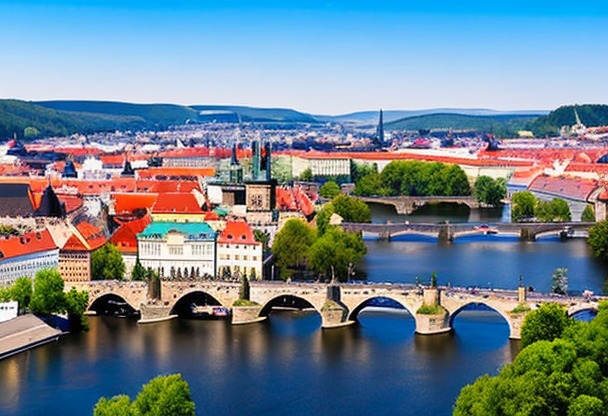
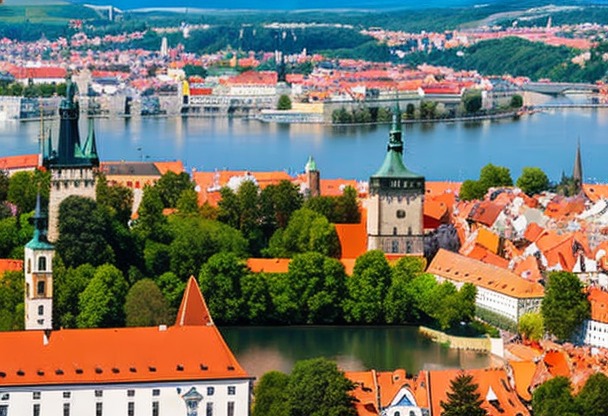
Flights

Your flight has been cancelled or delayed ?
You may be eligible for a compensation of up to €600 ! For this, lawyers are responsible for handling your claim with the airline and are only paid when the reimbursement is effective.
In conclusion, no financial risk for you, only advantages!
Demographics and immigration in the Czech Republic
According to data from the Czech Statistical Office, the population of the Czech Republic will reach 10.70 million in 2021. Foreigners account for around 5.8 % of this population, or almost 620,000 people. The majority of these migrants come from other European countries, notably Slovakia, Ukraine and Russia. However, there is also a significant presence of Asian migrants, mainly from Vietnam and China.Recent migration trends
In 2020, the number of foreigners living in the Czech Republic increased by 3.8 % on the previous year. This increase can be explained in part by the needs of the Czech labor market, which is increasingly dependent on foreign labor. Sectors such as construction, industry and business services are attracting large numbers of migrant workers.Most popular visas in the Czech Republic
The types of visa available to foreigners wishing to visit the Czech Republic depend on the length of stay and the reason for the visit. Here are the most popular visas:- Schengen visa (short stay) Schengen visa: This visa allows you to stay in the Schengen area, of which the Czech Republic is a member, for a maximum of 90 days over a 180-day period. It is often requested by tourists and business travelers.
- Work permits Czech Republic: Non-EU nationals need a work permit to work in the Czech Republic. This permit must be applied for in conjunction with a long-stay visa for employment.
- Long-stay student visa International students wishing to pursue higher education in the Czech Republic must apply for a long-stay study visa. This visa is valid for the duration of the studies, with a possible extension.
- Family reunification Foreign nationals living legally in the Czech Republic can apply for a long-stay visa for family reunification in order to be joined by their relatives (spouse, child or dependent parent).
International tourism figures for the Czech Republic
The Czech Republic is a popular tourist destination for its historic towns, unspoilt nature and thermal springs. The number of foreign visitors is growing every year, making tourism a key sector of the Czech economy.Tourist numbers in the Czech Republic
In 2019, before the COVID-19 pandemic, the Czech Republic welcomed almost 22 million international tourists. The majority of these visitors came from Germany, closely followed by Poles, Austrians and Russians. There was also a significant increase in the number of Asian tourists, particularly from China and Korea. Prague, the Czech capitalis undoubtedly the country's most popular destination, with almost 9 million visitors in 2019. Other sights, such as Český Krumlov, Karlovy Vary and Šumava National Park, also attract many travelers.